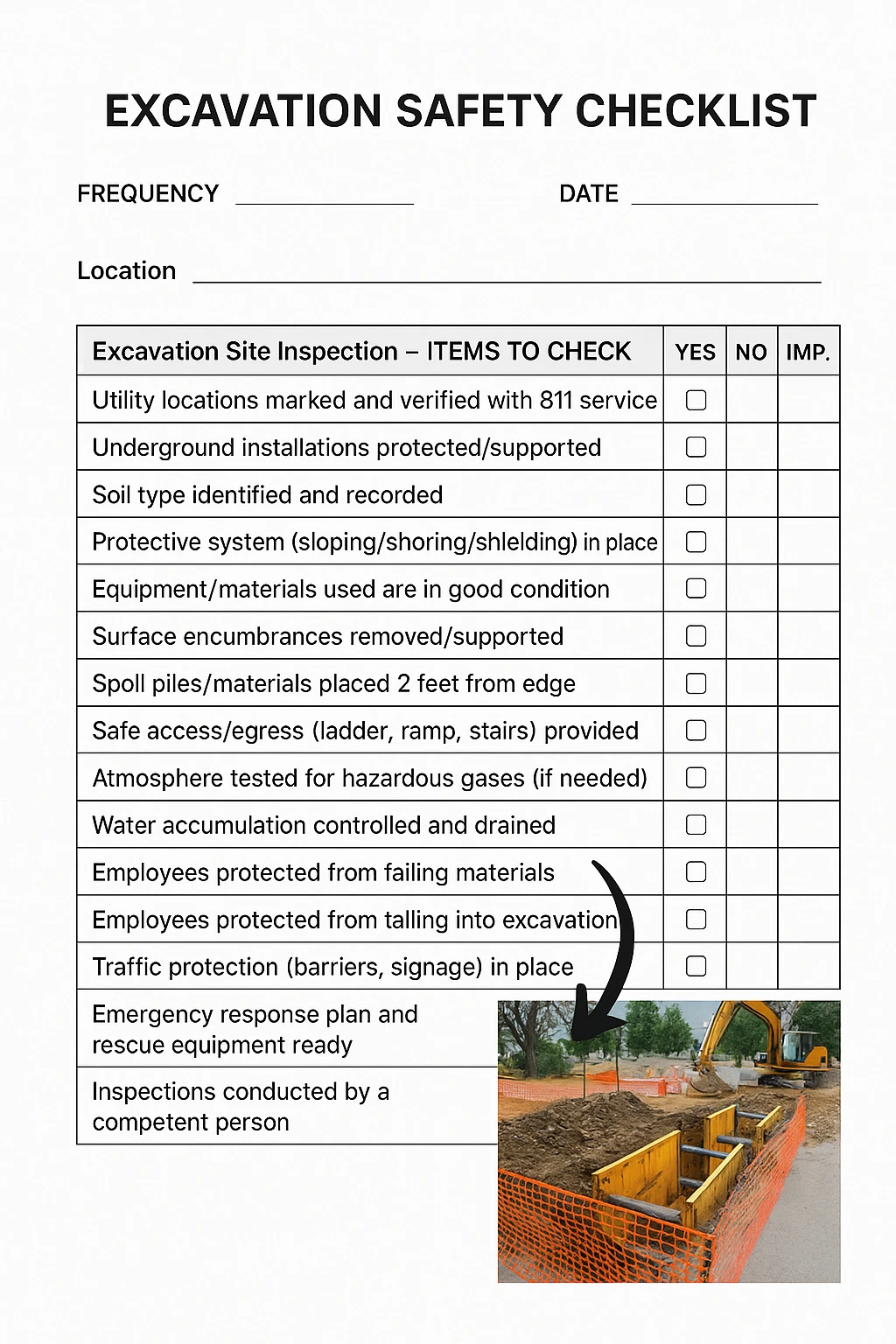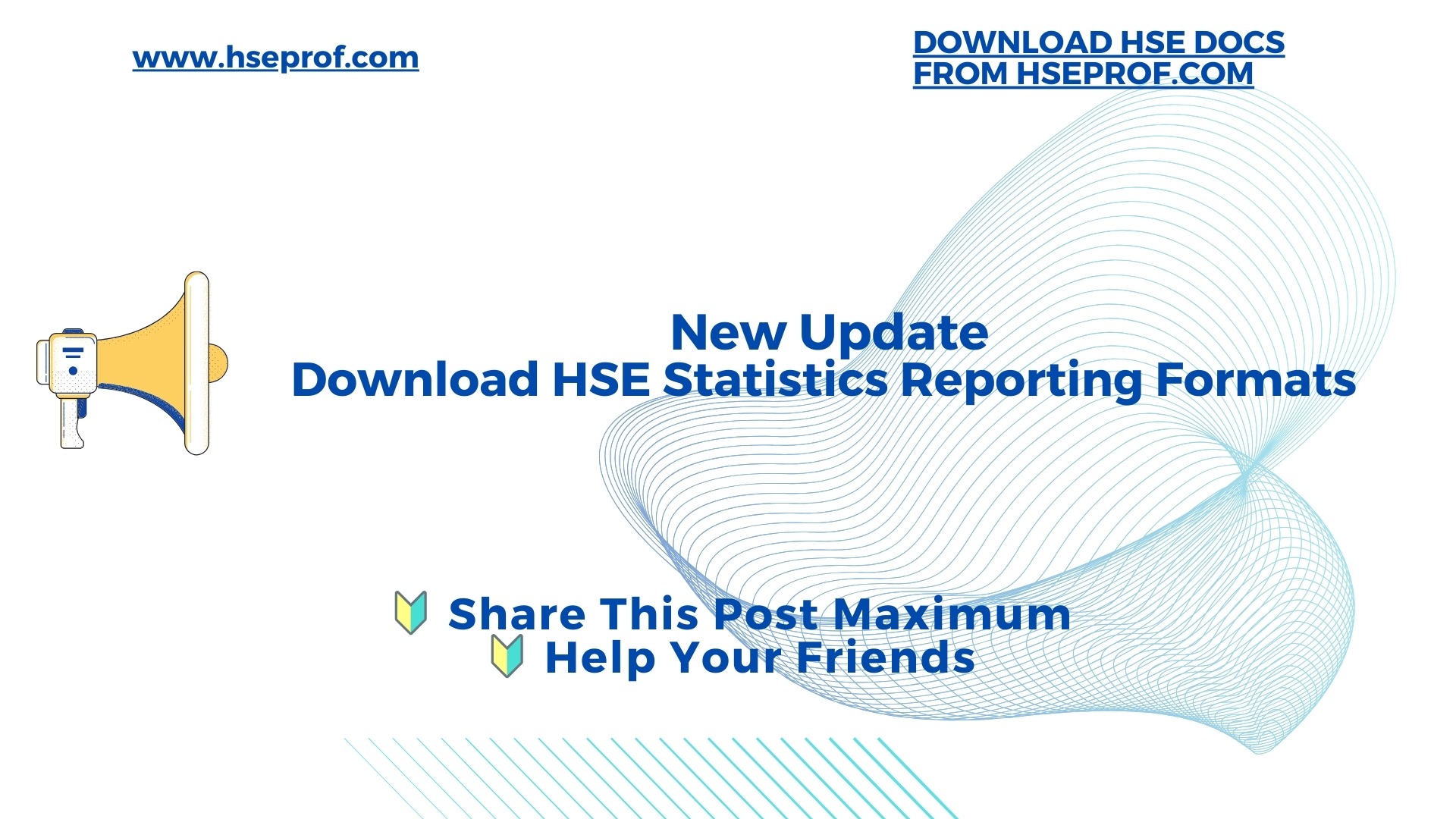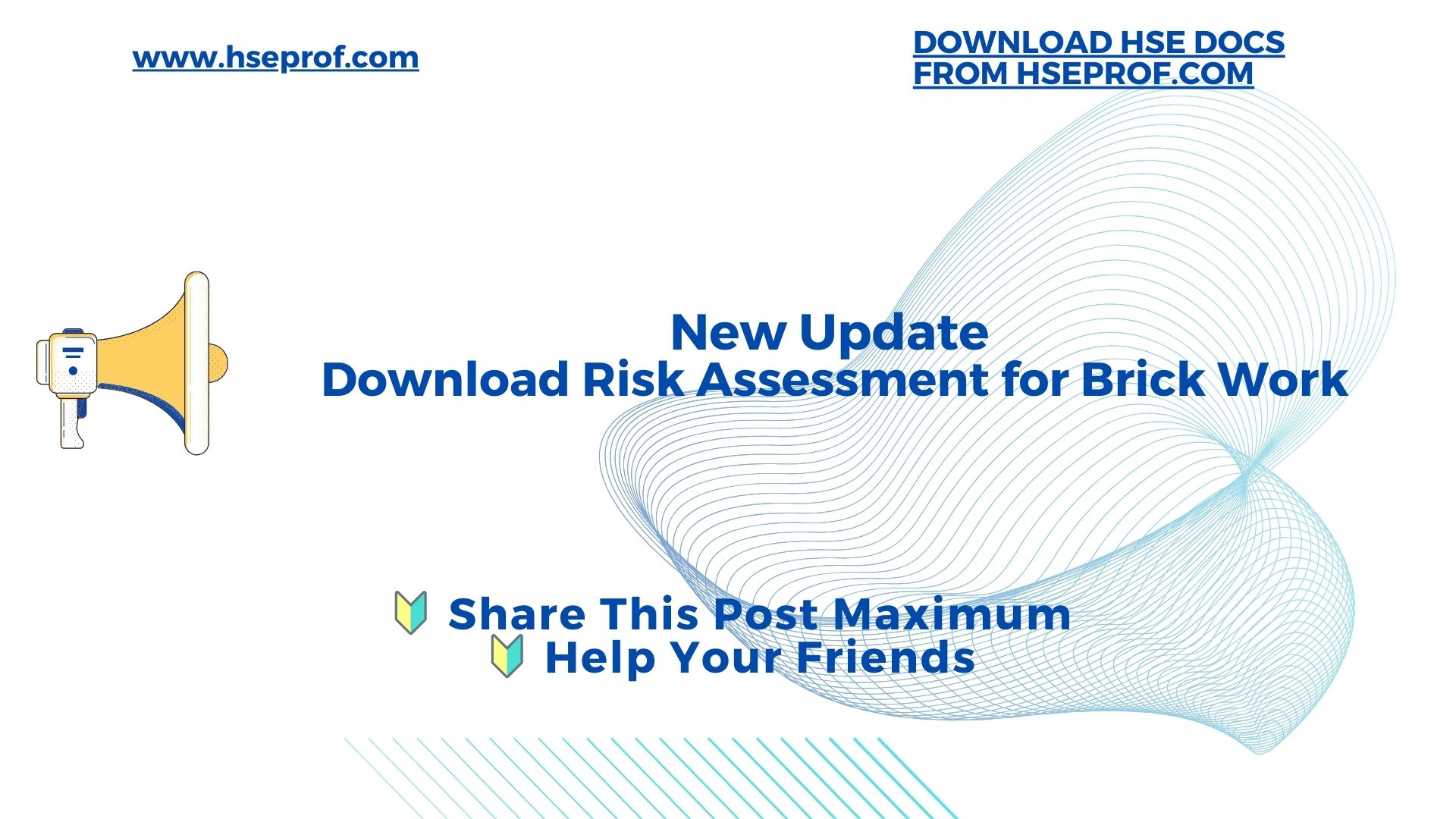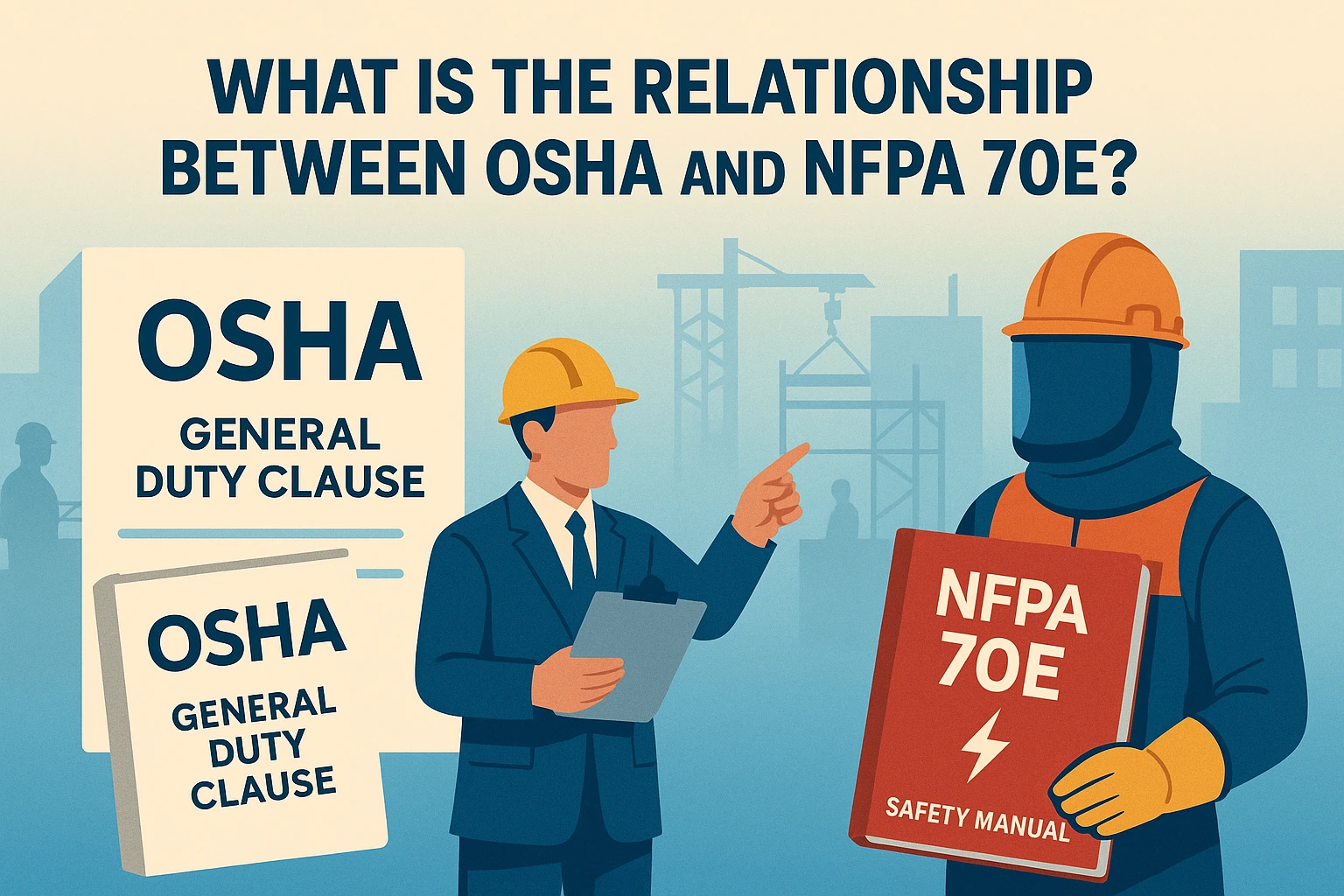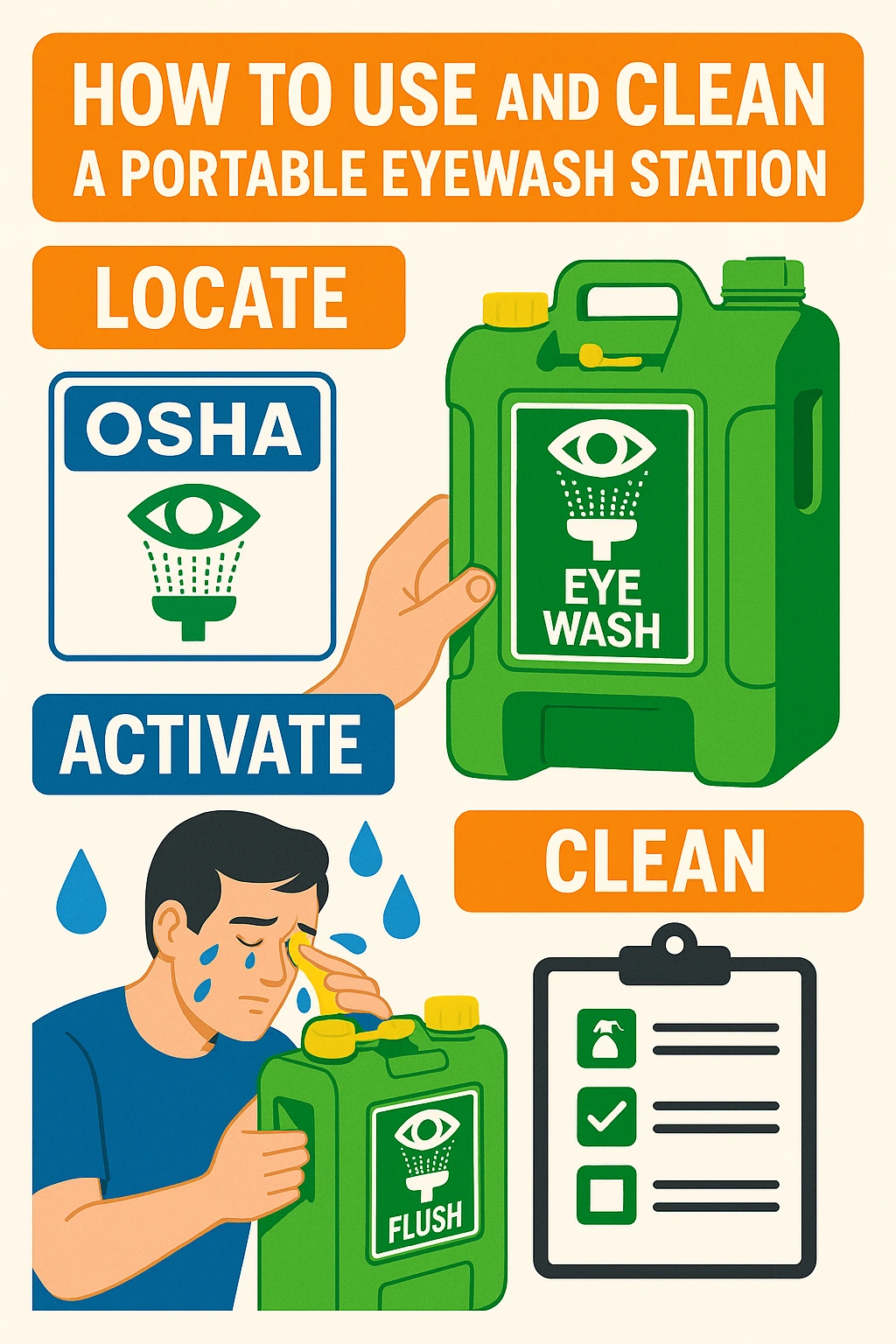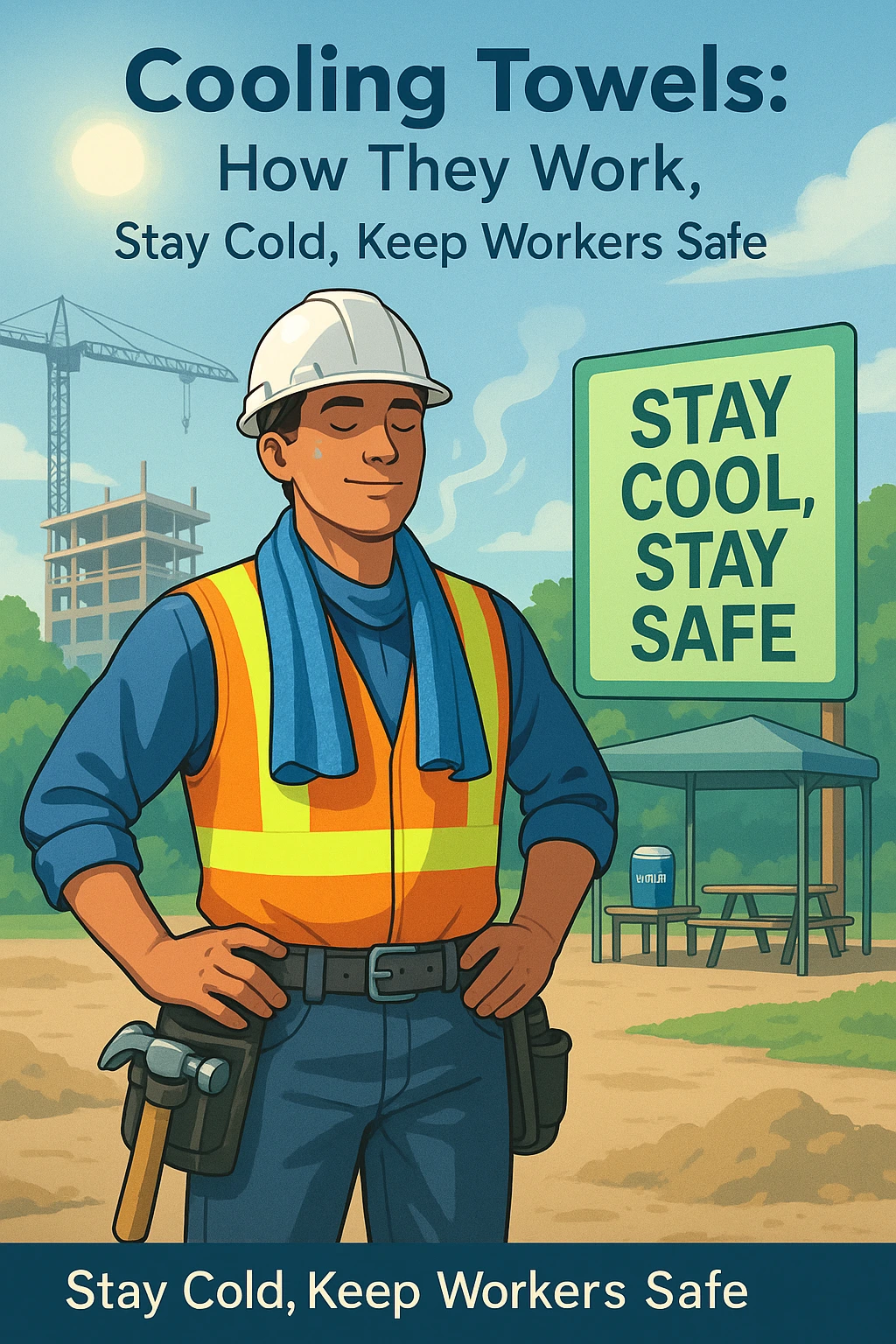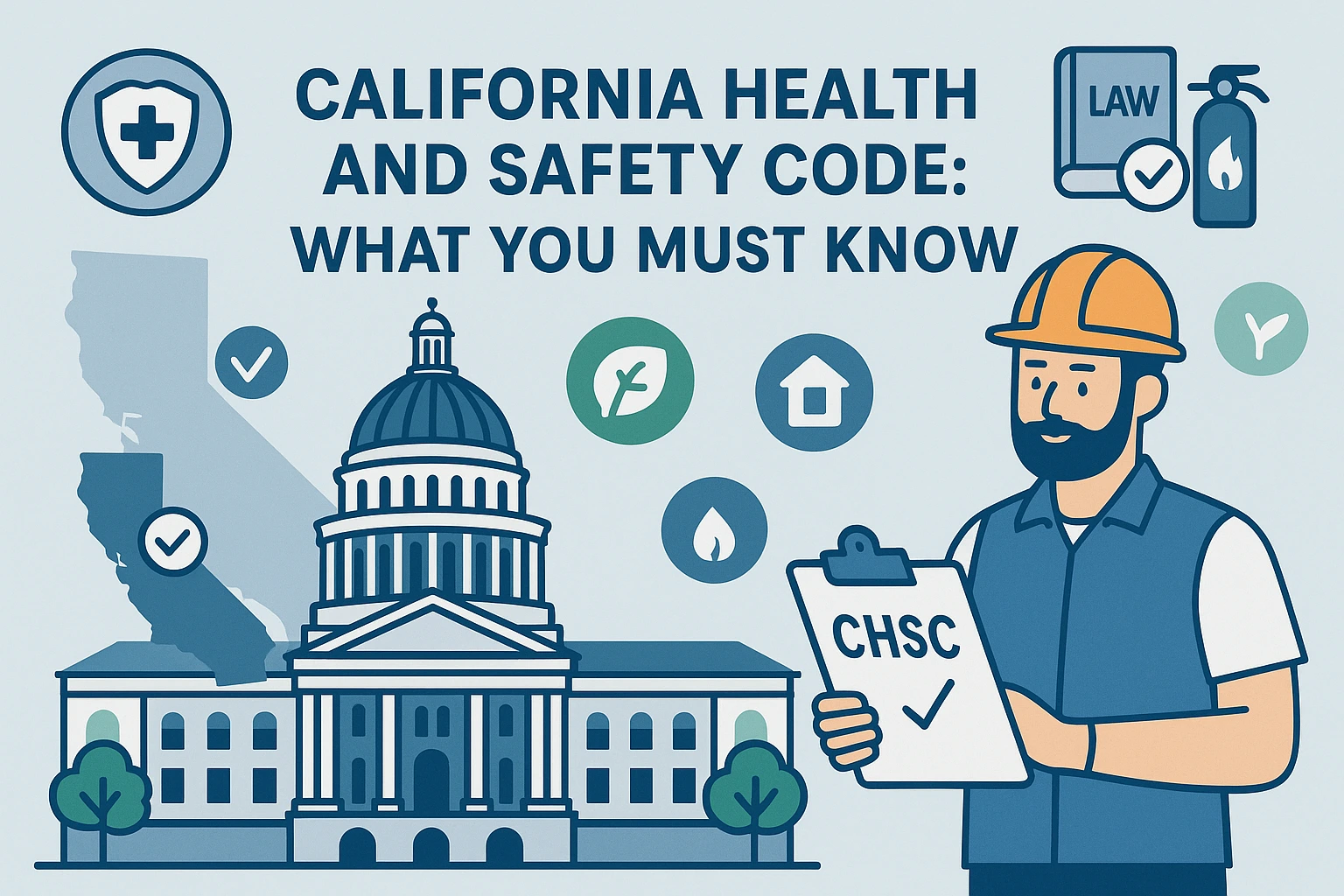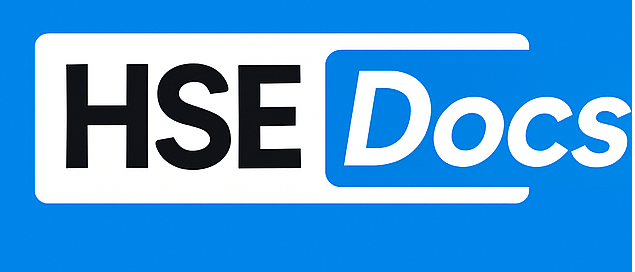Why is risk assessment critical for lifting and installing ladders and platforms?
Risk assessment for lifting and installing ladders and platforms is essential because these activities involve working at height, handling heavy equipment, and operating near other workers or equipment. Without proper evaluation, the chances of falls, injuries, and property damage increase dramatically.
In many job sites, workers rush to get ladders or platforms in place. This can lead to unstable positioning, incorrect use of lifting gear, or failing to account for environmental hazards like wind, uneven surfaces, or electrical lines. A thorough risk assessment ensures these factors are addressed before work begins.
What hazards should be identified during the risk assessment process?
Hazards vary depending on the site, but the following should be part of every assessment:
- Fall hazards: Ladders or platforms can slip or tip if not installed on stable ground.
- Manual handling risks: Lifting heavy platforms can cause strains or crush injuries without proper equipment or technique.
- Environmental conditions: Wind, rain, or debris can destabilize ladders and increase fall risks.
- Proximity hazards: Working near electrical lines, vehicles, or moving cranes can increase the likelihood of accidents.
- Tool and equipment failures: Defective ladders or lifting gear can lead to catastrophic accidents.
What steps should safety officers include in the control measures?
Once hazards are identified, control measures must be implemented. These include:
- Using mechanical lifting equipment such as hoists or forklifts instead of manual lifting when possible.
- Ensuring ladders and platforms are inspected for defects before installation.
- Securing ladders and platforms to prevent movement during use.
- Providing training on safe lifting techniques and working at height.
- Using personal protective equipment (PPE) like helmets, gloves, and fall protection harnesses.
What should a comprehensive risk assessment document include?
A well-prepared risk assessment should cover the following sections:
- Site conditions and environmental factors.
- Equipment inspection checklists for ladders and platforms.
- Roles and responsibilities of workers and supervisors.
- Emergency procedures in case of a fall or equipment failure.
- Review dates to ensure the assessment remains up to date.
Safety officers should also consider creating a simple scoring system for hazards and controls, making it easier to prioritize high-risk tasks.
Why should you download the free checklist template?
The downloadable template provides a ready-to-use format for documenting hazards, controls, and responsibilities. It saves time and ensures nothing is overlooked when planning work involving ladders and platforms.
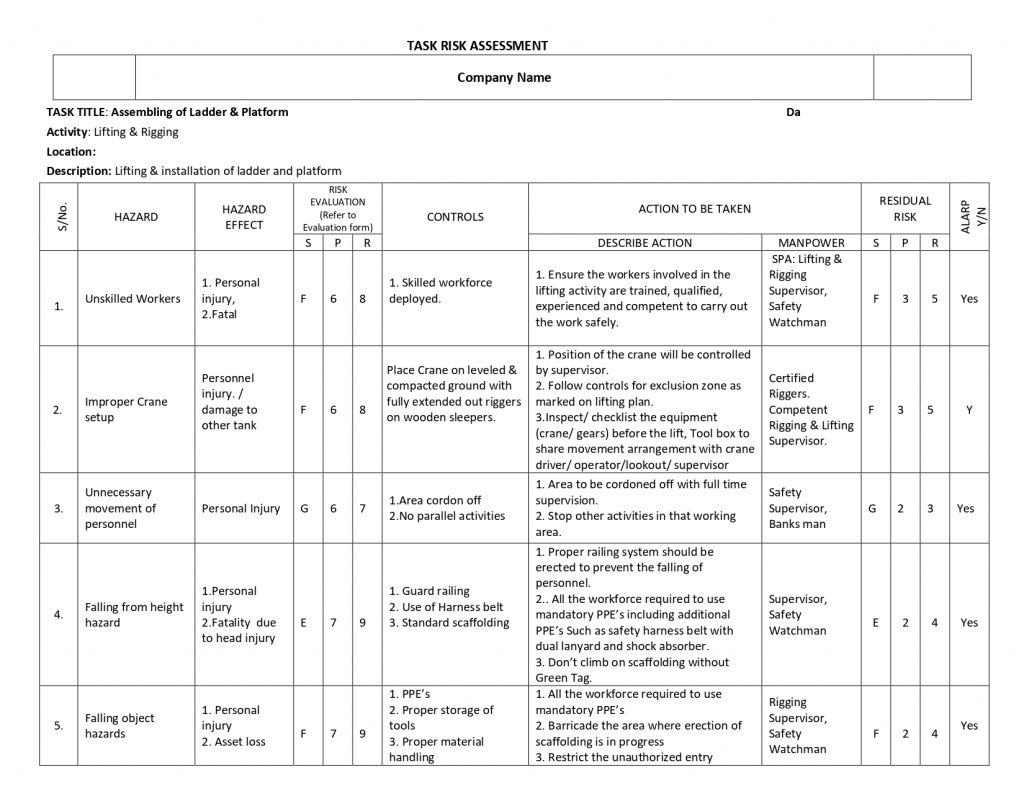

Using this tool, safety officers can:
- Identify hazards quickly with predefined categories.
- Assign responsibilities for implementing control measures.
- Standardize reporting across multiple sites and teams.
- Stay compliant with OSHA, UK HSE, and GCC safety regulations.
For more safety resources, explore our HSE Templates category, including Fall Protection Inspection Checklists and Scaffold Inspection Checklists.
Managed by the LinkedIn HSE Professionals Page, this platform supports safety officers, auditors, and managers worldwide. With a network of 340,000+ professionals, we deliver expertly crafted HSE templates, checklists, and tools to help organizations meet OSHA, ISO, and GCC safety standards.


